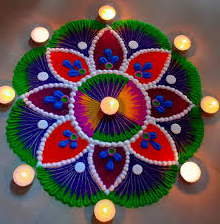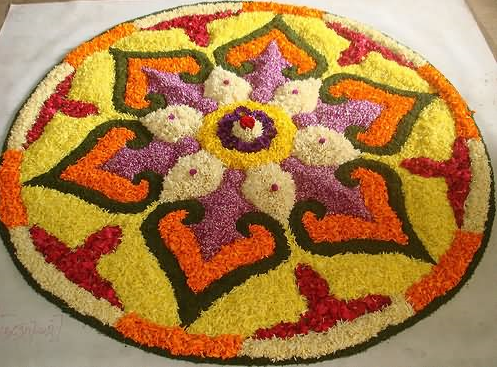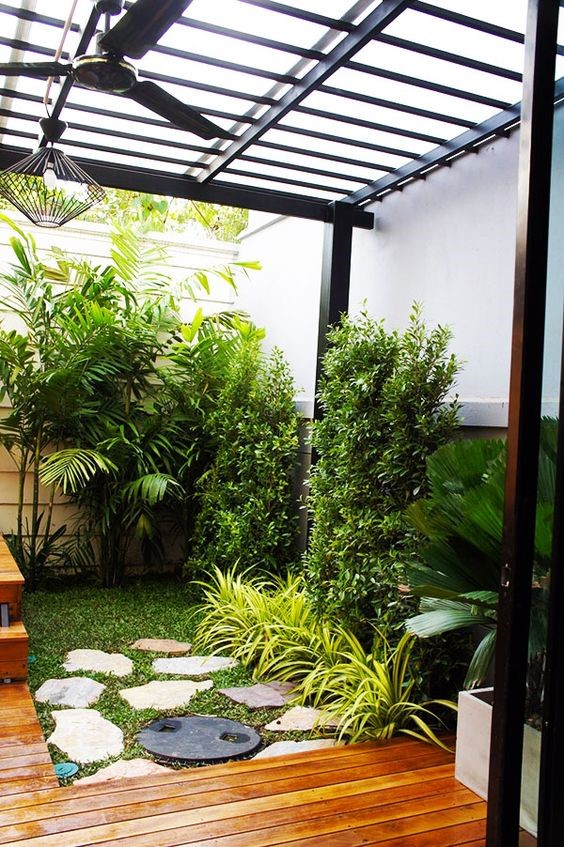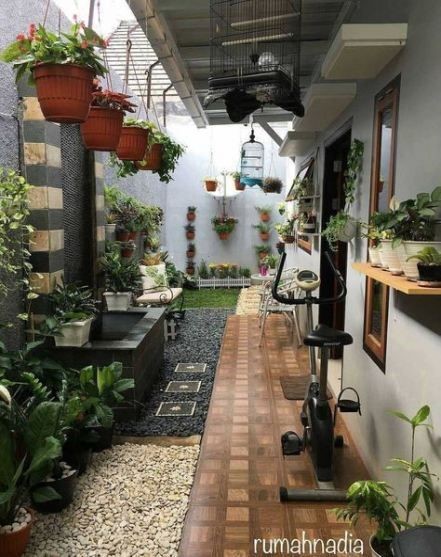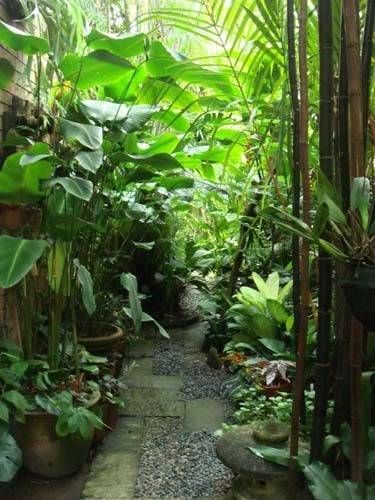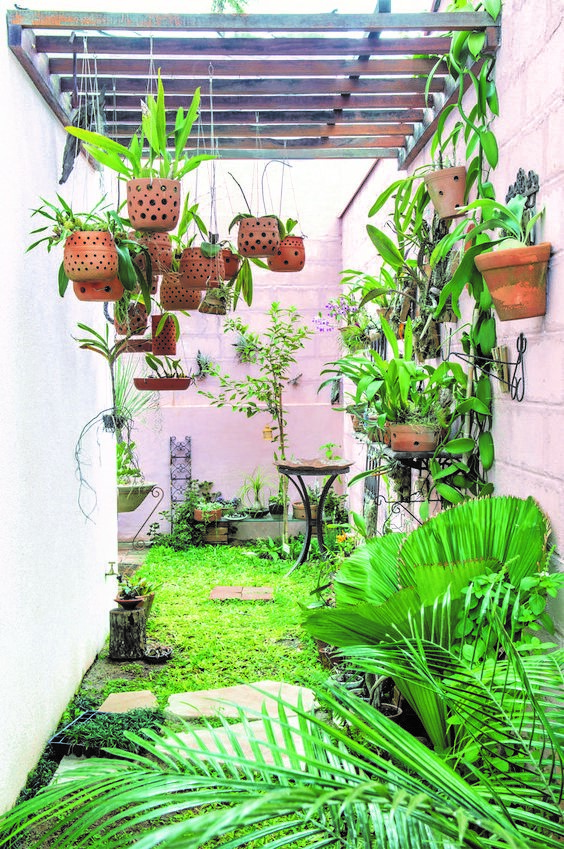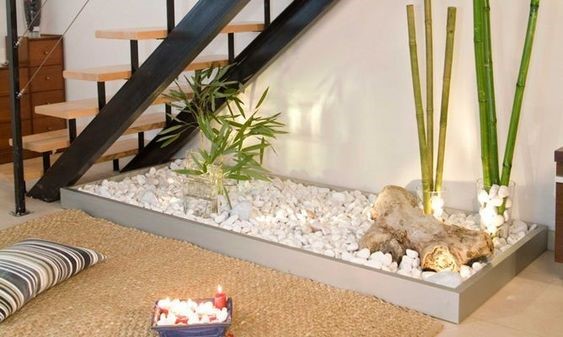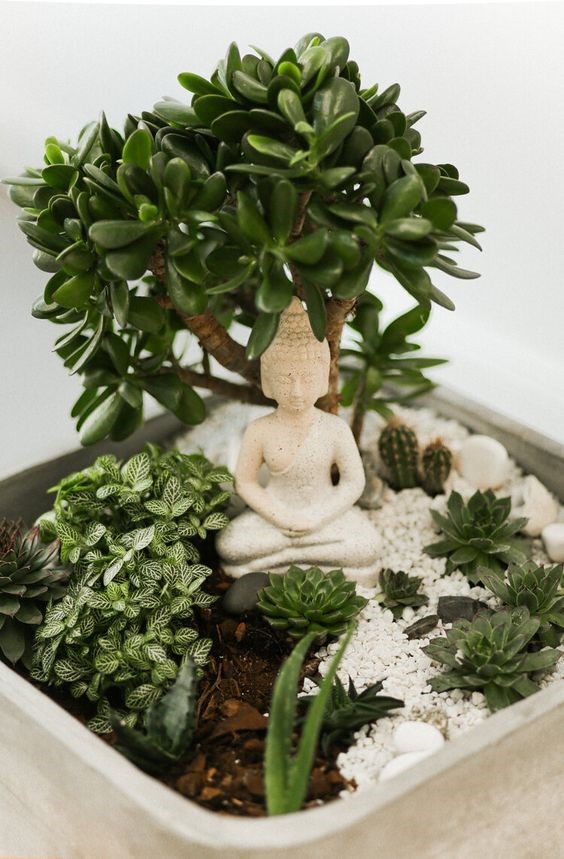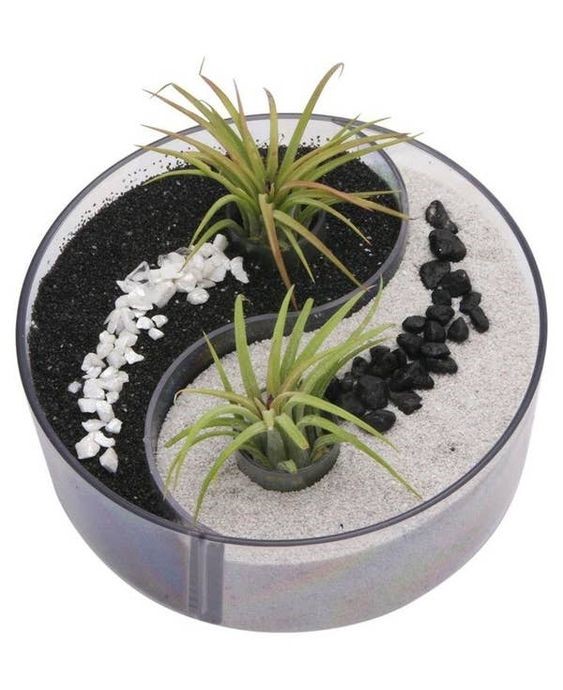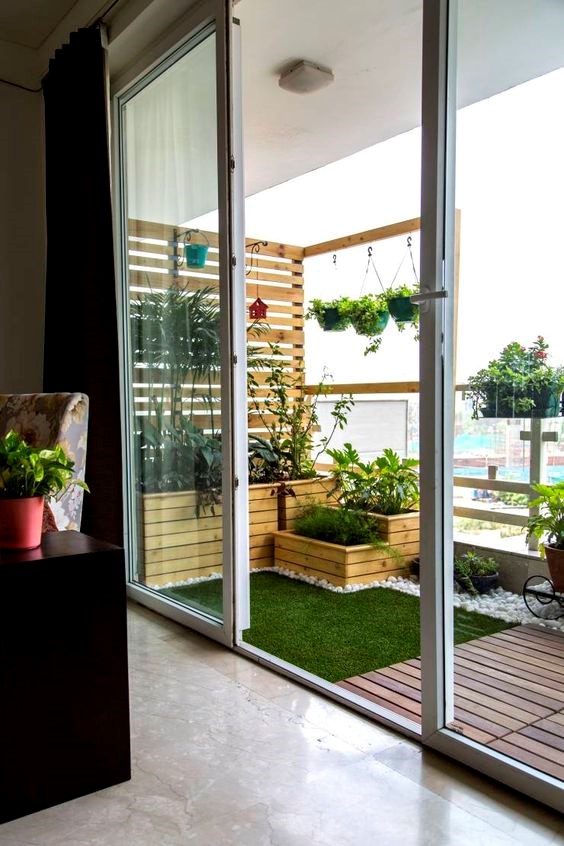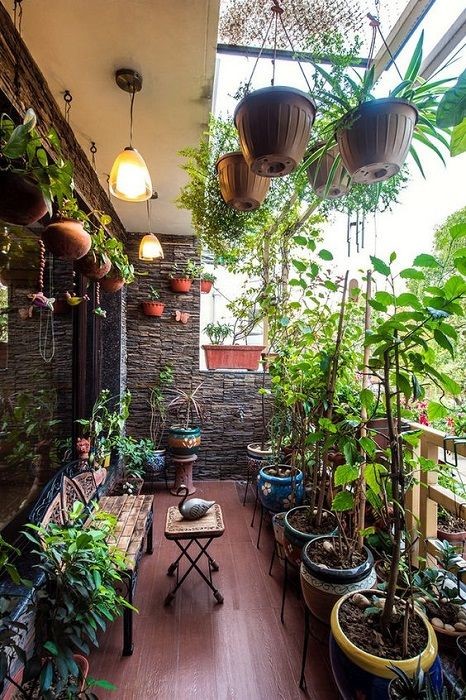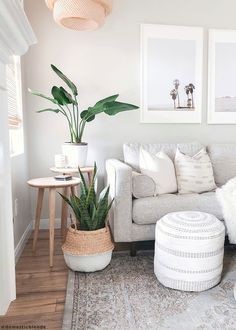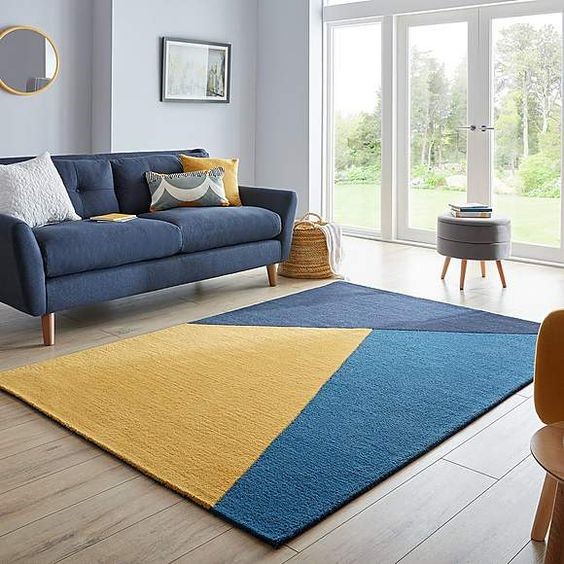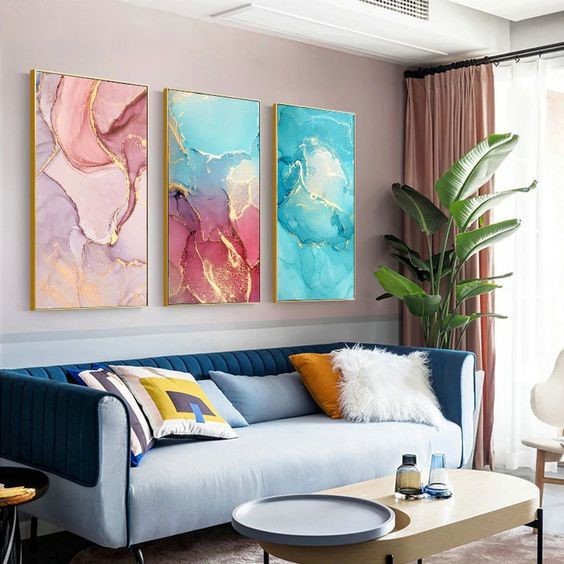The festive season is just around the corner, starting with Navratri. Normally it is a time when friends and family gather and celebrate together. This year, because of the pandemic, the celebrations are expected to be low key. But this doesn’t mean we can’t spruce up our home and decorate it in the festive spirit. So here are some tips for decorating your home this festive season & to welcome Goddess Durga.
Clear Away The Cobwebs
The first step to decorating is to clean. It is also considered an auspicious start to the festivities. Get that vacuum out and clean away all the dust and dirt and cobwebs from every nook and corner of your home. This would be a good time to clean your home mandir too and polish the silver, brass, copper figurines and puja items to give them a good shine.
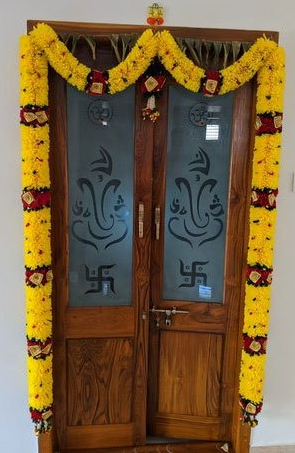
Courtersy – Google Images
Flower Decorations
Nothing creates a festive atmosphere like brightly colored flowers. Yellow & orange marigolds add that auspicious colors associated with celebrations and instantly transform your home interior. You can choose real flowers, string them together and place them across your home. Natural flowers also bring a heady fragrance with them, which we so associate with festivals. The flipside of choosing natural flowers is that they start withering after a day or two. And since Navratri is celebrated for 9 days, you may have to change them 4-5 times during this period. To avoid this, you could choose from synthetic flowers which will give you a similar appearance and which can be stored and reused at a later date too. If you have the time and are good at craftwork, you could create paper flower strings too. There are many DIY videos available that give you a detailed tutorial.
Add The Glow!
Lights play an important role in setting the décor of any space. This is true for festive lighting too. There are many options like string lights in different shapes, lanterns, LED lights or candles. The natural light of flame from oil lamps and candles add to the mellow setting. You can choose Shadow Lamps too and set it against a plain wall as a statement piece.
Rangolis
Known by different names across India like Rangoli or Kolam or A____, it is supposed to invite the Gods into your home and signifies good fortune and luck. Traditionally hand drawn outside the doorstep, these days there are many varieties of Rangoli. You could do it with natural color powders, or flowers and leaves, or even place terracotta diyas as a border. You also get Kundan Rangolis which are readymade, created on an acrylic base with decorative pearls & sequences and can be used as a whole set or in single pieces to give a new look each time.
You Temple Space
Depending on the space you have, spruce up your puja room by adding brightly colored cloth decorations, a string of flowers and rangolis. Make a special space for a small mandap or a pedestal and place an idol of Goddess Durga as this festive is all about celebrating Shakti. You could choose a brass idol, a painted clay one or even just the face in typical Bengali tradition.
There are different colors associated with the 9 days (Orange, White, Red, Royal Blue, Yellow, Green, Grey & Purple) – you could use these for decorating or even use them to dress up the idol. Aarti is an important part of any festival in India. Choose an aarti thali that is bright and attractive. You could create one yourself by simply painting a steel plate in bright colors such as Yellow or Red and drawing intricate rangoli patterns on the same. Add a small diya and your thali is ready!
Navratri or Dusshera is celebrated across India in many different ways. You could incorporate these traditions too in your décor.
In Gujrat, earthen pots are painted and decorated with cloth and people pray & dance around it. This signifies the goddess. You could use this as your theme for decorations – use bright colors to draw traditional designs and motifs on the earthen pot, hang mirror work and thread work torans and decorations to bring home the flavor.
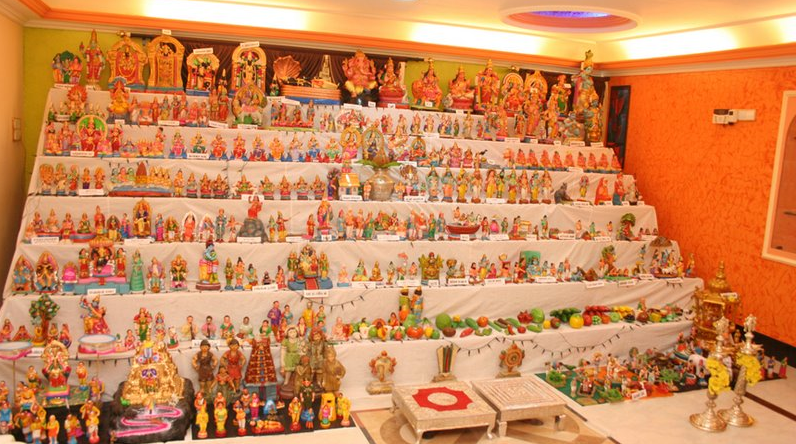
Down south, Dusshera is celebrated as Bombe Habba or Golu or Kolu. It is a festival of dolls. These dolls are passed on from generation to generation and are arranged in steps during the festival. You could use this theme and arrange all the dolls & figurines that you have on a table or chest of drawers. Marapachi Bommai or a pair of boy-girl dolls made of wood is important to this festival. Make tiny clothes for the dolls with paper or cloth & you are all set!
Setting The Overall Festive Mood!
Place torans at the entryway, above your door. They are considered auspicious. Traditionally these are made from mango leaves and flowers. You can also choose decorative mirror-work and embroidered cloth ones.
Similarly, decorative hangings can be placed at strategic points to add to the festive touch. These can be made of brightly colored tiny wooden birds and animals. You also have ones made from mirrors, pearls and sequence.
Place brass figurines and traditional lamps on side tables or on the console in the foyer. Brass bells & hanging lamps are also good décor options for festivals. If you have urlis or even glass bowls, you could fill them up with some water and float flowers and petals and candles to add to that warm glow in the evenings!
We hope that these tips will help you start the festivities! Do write to us on which one you found helpful and do share your special tips with our other readers.
Happy Navratri!

